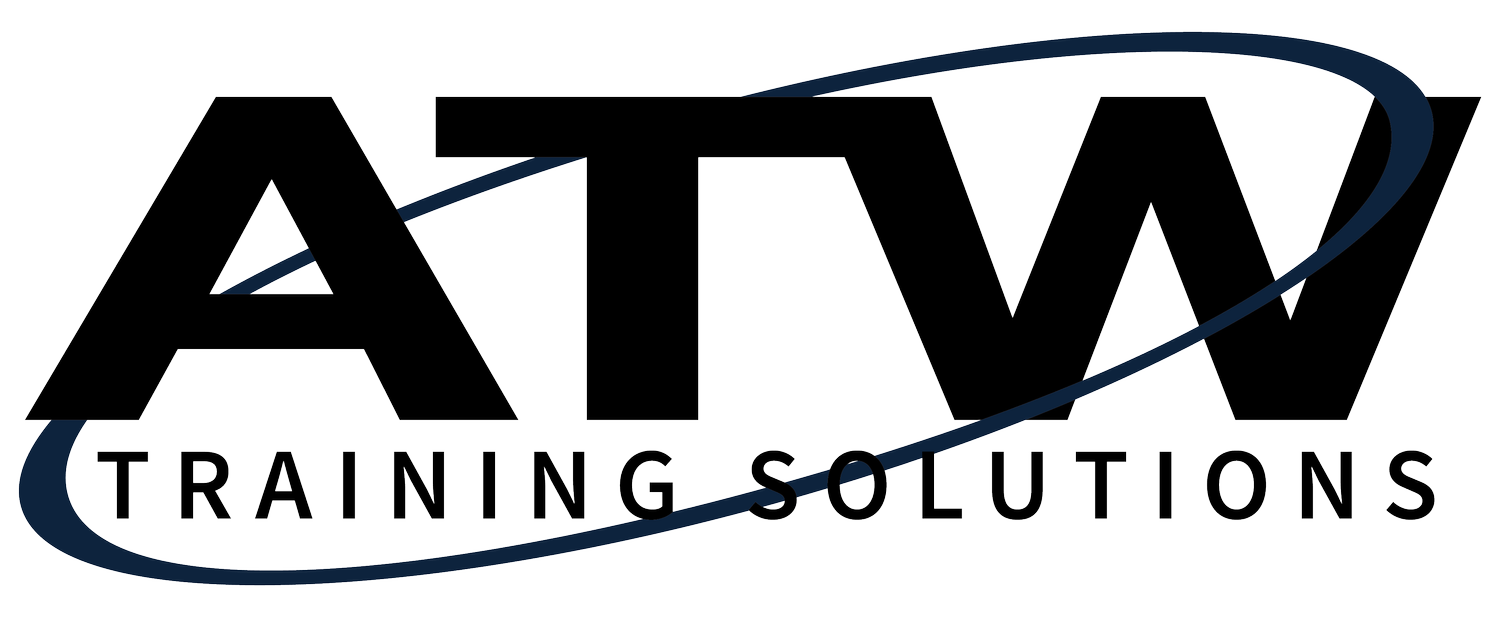Team Cohesion: A CEO’s Guide To Improving Productivity Or Output Among Team Members
By Unoma Okorafor for Forbes
Just as food is the fuel the body needs to thrive, a team is the lifeblood of any organization or establishment. A leader is only as good as their team—harsh, but true. It doesn't matter if you are the very embodiment of professionalism or knowledge, if a team is lacking or its leader can’t seem to get everyone to work in sync, very little can be achieved.
When I think of teams and the importance of oneness or singularity of purpose, this African proverb comes to mind: “The strength of the broom lies not in the power of a single frond but in the resilience of its united fronds.” To me, applying this to a business setting indicates how a leader on their own may achieve little or nothing and may snap under the weight of having to run and maintain the business. But having people who understand their vision and are willing to assist in growing it will help the business and its operations run more smoothly and effectively, allowing it to withstand many of the hardships that come with running a business.
Leading a team right is important to bringing about increased team delivery and efficiency. On the other hand, bad leadership practices can cause rifts, miscommunication, lack of engagement or motivation and even a decrease in productivity and sales. There is a common saying that employees don’t quit their jobs—they quit their bosses. And this might just be true. According to a survey by the Society for Human Resource Management, 84% of U.S. workers say poorly trained managers create a lot of unnecessary work and stress.
This survey gathered workers’ perspectives on how well their bosses worked with people. Employees highlighted various people management skills that leaders can develop in order to be better at what they do and improve how well they play their roles as individual contributors in a team. Some of the skills were team development and training, effective communication, proper time management and delegating, and encouraging an inclusivity culture among team members.
Related: Check out our course “Five Behaviors of a Cohesive Team”
What strategies can you use to improve teamwork and productivity?
Being a business owner for over 10 years has brought me many learning experiences, wanted or unwanted, that have been very important in maintaining an efficient and effective workforce. One of the strategies I have learned is letting employees be mini-bosses. An effective work process is not complete without delegating and allocating tasks to employees as well as setting clear expectations and deadlines for them.
This is step one, and many leaders do well getting through this stage. But then they misstep at the next stage, which involves giving employees enough creative control over these tasks and projects—essentially, you need to take the backseat when it comes to delegated tasks. Resist the urge to constantly check in or hover. You may do this in a bid to be helpful or move things forward more smoothly or quickly, but it can have the opposite effect and backfire massively. Besides increased stress and anxiety levels, employee morale and confidence can drop remarkably. According to a Trinity Solution survey, 79% of surveyed employees claimed to have experienced micromanagement, and of that percentage, 69% considered quitting and 36% of that number actually did.
Taking the back seat and giving your employees time, resources and space to mull over their delegated tasks will make them feel accountable for their work. It will also push them to be at their best creatively, as they will see firsthand how much of their input impacts the team and organization as a whole.
This combined sense of accountability, responsibility and use of creative abilities will positively affect not only your organization but also your employees. Their self-esteem will be boosted as they realize their own capabilities and see how well they delivered on a task where they were given little supervision. These employees also tend to be more vocal in sharing their ideas during team meetings, as well as being more likely to take constructive criticism well. Consider asking your employees to share blockers they may be experiencing while carrying out their tasks, or if they need extra help or resources to perform their work effectively.
This strategy of avoiding and curtailing micromanaging tendencies can improve productivity and efficiency throughout your organization. It is a simple but very effective business strategy that costs nothing to implement but provides a number of valuable benefits.
